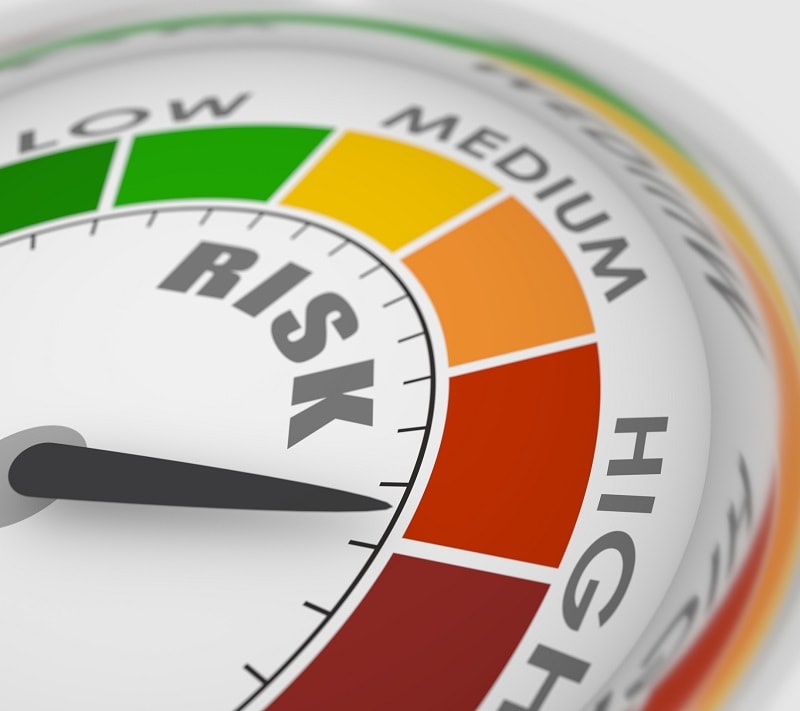Key points
- Some diabetes risk factors can be managed through behavior change, such as being more physically active.
- Other risk factors can't be changed, such as family history and age.
- Find out your risk for each type of diabetes.

Type 1 diabetes
Type 1 diabetes is thought to be caused by an autoimmune reaction (the body attacks itself by mistake). No one knows how to prevent type 1 diabetes. Known risk factors include:
- Family history: Having a parent, brother, or sister with type 1 diabetes.
- Age: You can get type 1 diabetes at any age, but it usually develops in children, teens, or young adults.
In the United States, White people are more likely to develop type 1 diabetes than African American and Hispanic or Latino people.
Prediabetes and type 2 diabetes
Prediabetes and type 2 diabetes share almost all of the same risk factors. If you already have prediabetes, this is an added risk factor that makes you more likely to develop type 2 diabetes. You're at risk for both prediabetes and type 2 diabetes if you:
- Have overweight or obesity.
- Are age 45 or older.
- Have a parent or sibling with type 2 diabetes.
- Are physically active less than 3 times a week.
- Have non-alcoholic fatty liver disease (NAFLD).
- Have ever had gestational diabetes (diabetes during pregnancy) or given birth to a baby who weighed over 9 pounds.
- Are an African American, Hispanic or Latino, American Indian, or Alaska Native person. Some Pacific Islander people and Asian American people also have a higher risk.
Gestational diabetes
You're at risk for gestational diabetes (diabetes while pregnant) if you:
- Had gestational diabetes during a previous pregnancy.
- Have given birth to a baby who weighed over 9 pounds.
- Have overweight or obesity.
- Are more than 25 years old.
- Have a family history of type 2 diabetes.
- Have a hormone disorder called polycystic ovary syndrome (PCOS).
- Are an African American, Hispanic or Latino, American Indian, Alaska Native, Native Hawaiian, or Pacific Islander person.
Gestational diabetes usually goes away after you give birth. But having a history of gestational diabetes increases your risk for type 2 diabetes. The baby is also more likely to have obesity as a child or teen, and to develop type 2 diabetes later in life.
Reduce your risk
Some risk factors like age and family medical history can't be helped. But there are some things you can do to reduce your risk of prediabetes, type 2 diabetes, or gestational diabetes. Some behavior changes to lower your risk include:
- Increasing physical activity.
- Eating a healthy diet.
- Losing weight if you have overweight or obesity.
Small, gradual changes can make a big difference in lowering your risk of prediabetes, type 2 diabetes, or gestational diabetes, and improving your overall health and wellness. It's never too late or too early to get started.
If you have prediabetes and need additional support, help is available through the National Diabetes Prevention Program lifestyle change program. Find out here if you're eligible. You can reverse prediabetes to prevent or delay type 2 diabetes.
